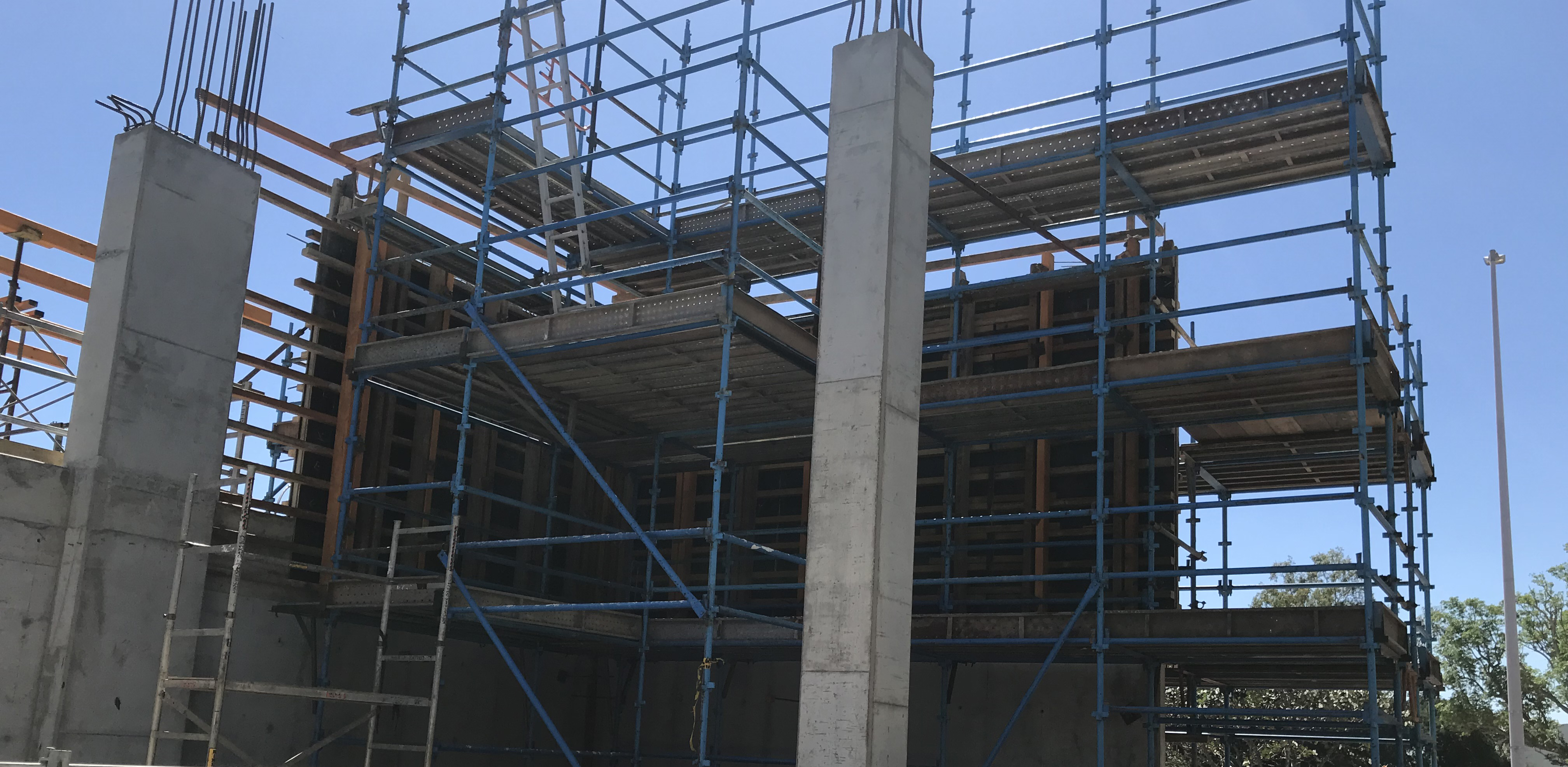Unauthorised workers modifying scaffolding can cause safety risks
Background
NT WorkSafe is issuing a warning to workers in the construction industry, not to modify scaffolding if they are not authorised to do so. Enquires into incidents involving scaffolding over the past few months have, in some instances, found the scaffolding was modified by subcontractors who felt the scaffolding inhibited their work.
In the latest incident, a worker on a Darwin construction site removed timber planks from scaffolding to facilitate the placement of formwork by a crane. After removing the planks, the worker fell through the void they had created. Fortunately the worker caught hold of the remaining planks and avoided a fall of over three metres.

Other recent incidents include:
- block layers working on a three-plus metre live edge after a subcontractor removed the scaffold railing; and
- a hop-up collapsed when a worker stood on it, after it was removed and incorrectly put back in place by subcontractors.
Disclaimer
The above information is based on preliminary findings from NT WorkSafe’s initial enquiries. Enquiries are ongoing to determine the cause of the incident and the appropriate regulatory response.
Safety Information
As scaffolding is meant to be a safe platform for working at height or used as fall prevention it is important that the structure is suitable for the task required. Falls are a major cause of death and serious injury in Australian workplaces and inadequate scaffolding can increase the risk of a fall.
NT WorkSafe strongly urges all workplaces using scaffolding to ensure the following measures are in place, and that they are effective:
- Undertake Hazard Identification, Risk Assessment and Control (HIRAC) beginning by identifying hazards related to risks of falls in the workplace using Managing the risk of falls in the workplace Code of Practice;
- Ensure all persons in the workplace have appropriate training and instructions necessary to protect them from risks to their health and safety; associated with working at heights;
- As part of the site induction, ensure all contractors and sub-contractors are aware that erected scaffolding must not be modified , only workers holding a scaffolding high risk work licence may modify a scaffold;
- Ensure that contractors and sub-contractors have clear method of requesting modifications to scaffolding, if the structure is impacting their work.
Persons Conducting a Business or Undertaking (PCBU's) are reminded that scaffolding from where a person or object could fall more than four metres must not be used until it has been inspected by a competent person, who has confirmed in writing that the scaffolding is complete.
A competent person must also inspect scaffolding:
- After an incident has occurred that may reasonably be expected to affect the stability of the scaffold (e.g. after a severe storm or impact by mobile plant);
- After it has been repaired; and
- At least every 30 days.
If an inspection indicates that scaffolding or its supporting structure creates a risk to health or safety, the scaffolding or support structure must be reinspected after any repairs, alterations and additions are made or carried out on the scaffolding.
PCBU’s are also reminded of the requirement to prevent unauthorised access on scaffolding that is incomplete and left unattended.
The Work Health and Safety (National Uniform Legislation) Regulations 2011 classify scaffolding as ‘high risk construction work’ for which a Safe Work Method Statement (SWMS) must be prepared before the work starts.
For further information on developing a SWMS see Appendix E - High risk construction work safe work method statement template of the Construction Work Code of Practice.
Further Information
- Northern Territory Construction work Code of Practice
- Northern Territory Managing the risk of falls in housing construction Code of Practice
- Northern Territory Work health and safety consultation, cooperation and coordination Code of Practice